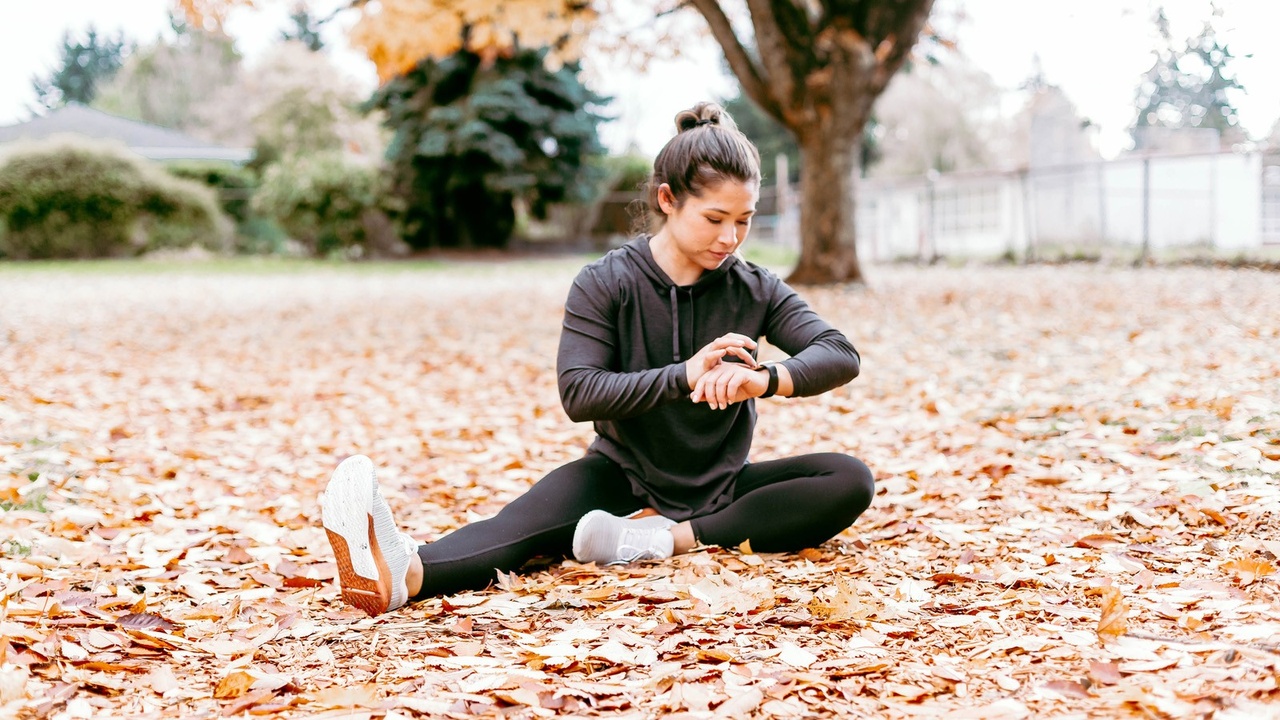*PSA: Your Body Works Differently Now!
Aug 18, 2022
When I dove into menopause research last year, it wasn’t too hard to wrap my brain around the fact that much of the harmful health and wellness misinformation (common to diet culture) becomes even more harmful during menopause.
What was harder to wrap my brain around was that many of the evidence-based health and wellness strategies I’ve been shouting from the rooftops for years can actually be counterproductive to women during those final years of perimenopause and early post-menopausal years.
Thankfully, we're starting to learn more about how the menopause transition changes our physiology, and how we can use this information to work in alignment with the body instead of doubling and tripling down on old strategies that no longer work.
A few examples:
It’s common for women in perimenopause to feel like they’re losing the fitness gains they’ve worked so hard to make. You may notice you're slowing down so you add in extra workouts and miles only to slow down even more.
It’s also common for women to gain weight during the final years of perimenopause. Women in the US gain an average of 5-8 lbs during the menopause transition, but there is an even more dramatic shift in body composition - we lose a lot of our lean muscle mass and gain fat mass. So even if the scale doesn’t show that much total weight gain, we may find ourselves looking and feeling very different in our bodies. And in an effort to maintain your pre-menopause body composition, you heavily restrict calories only to notice an increase in belly fat.
So how might we change health and wellness strategies to work with our new physiology and save ourselves a whole lot of frustration?
Let’s revisit our two examples:
Without specific types of exercise during the menopause transition, women start losing lean muscle mass, power, and strength and this loss makes it difficult to perform at pre-menopausal levels. The best way to maintain pre-menopause fitness gains or to build strength and power during menopause is through heavy weight lifting, sprint or high-intensity interval training, and taking 2-3 full recovery days each week.
Likewise, traditional weight loss strategies tend to stress the menopausal body, spike cortisol and be counterproductive (usually leading to an increase in belly fat). Weight loss strategies during menopause are most successful when they’re gentle and supportive of the body, focus on changing body composition through building muscle, and emphasize the importance of balancing blood sugar, building a healthy gut microbiome, getting quality sleep, and reducing stress.
The good news is, when you know better, you can do better. By simply taking the time to read this newsletter, you already know more than the vast majority of women who have experienced menopause before you, which means you're off to a good start. But don't keep this information to yourself - encourage the women in your life to sign up for the newsletter and follow Shift for Health on social media. My goal is to empower as many women as possible with the information they need for a better menopause experience, and that can't happen without your help. Together, we're going to make the world a better place for women. And that feels pretty darn exciting, don't you think?
Sending you all so much love, health, and happiness!
xo, Rebecca
Stay connected with news and updates!
Sign up with your email address to receive news and updates from Shift for Health. We pinky-swear promise we won’t flood your inbox and your information will never be shared.
We hate SPAM. We will never sell your information, for any reason.

